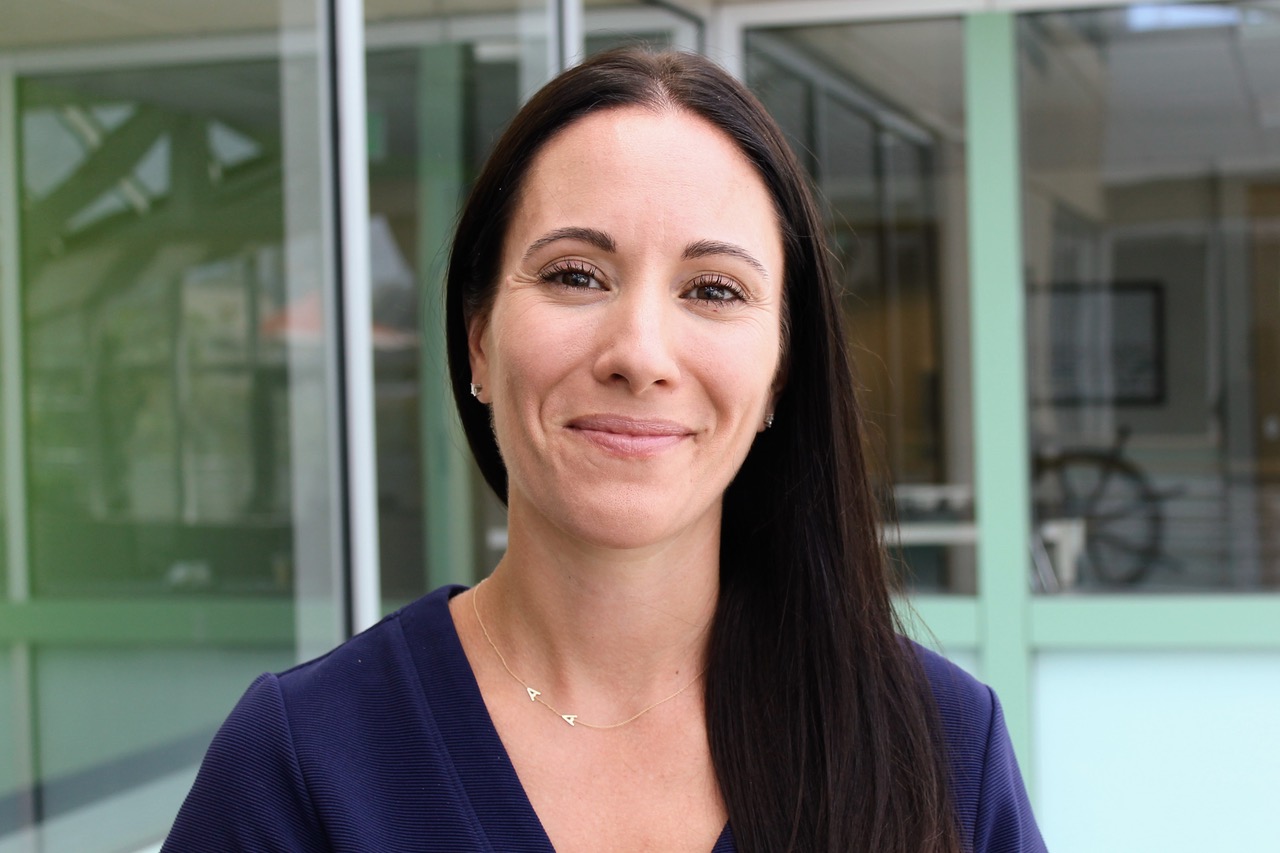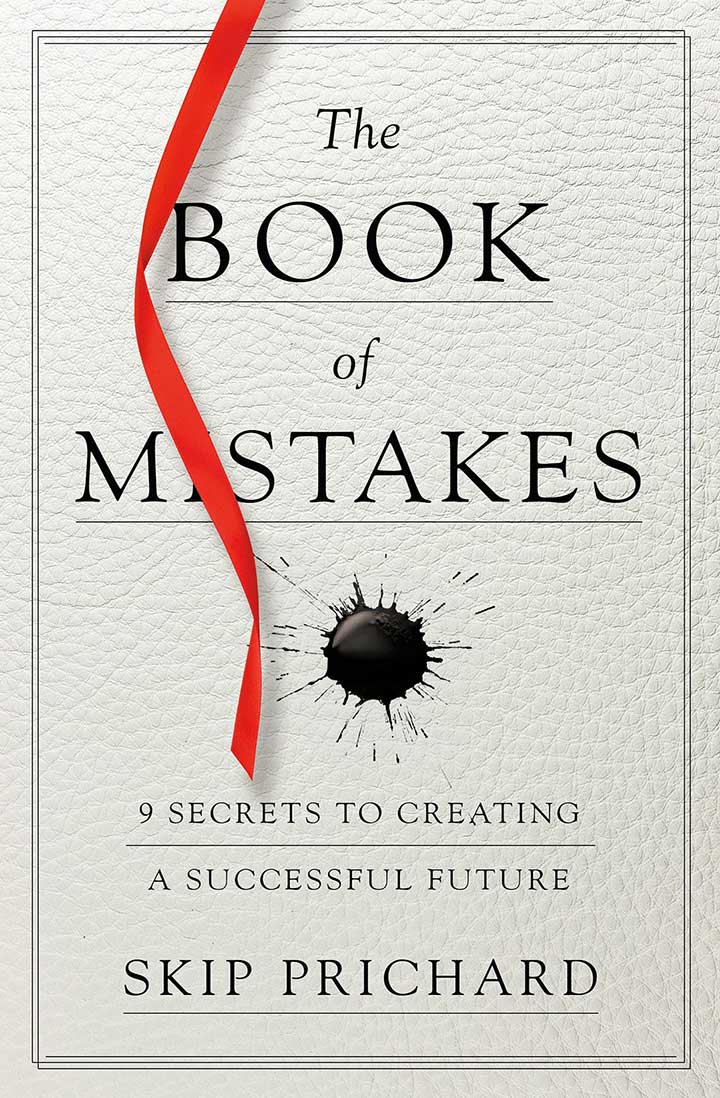Do you want to create radical outcomes?
Juliana Stancampiano, author of RADICAL OUTCOMES: How to Create Extraordinary Teams, is an entrepreneur and the CEO of Oxygen. For more than fifteen years, she has worked with Fortune 500 companies, both in them and for them. Her firm’s clients include Microsoft, DXC, Delta Dental (of WA), Starbucks, F5 Networks, Avaya, and Western Digital, among others. Her in-depth experience, along with the research that Oxygen conducts and the articles she has published, has helped to shape the perspective that Oxygen embraces.
After reading her new book, I reached out to Juliana to learn more about her work.
Set the Vision
What’s the role of the leader in the team to produce radical outcomes?
The leader sets the vision and acts as the guard rails. The leader remains outcome-focused yet allows flexibility to achieve the outcome. It’s not commanding and controlling your team. It’s knowing their strengths and ensuring roles and abilities are aligned.
Face Team Obstacles
What are the obstacles many teams face in becoming an effective ensemble?
Lack of role clarity. Clearly defined roles and responsibilities avoid internal disagreements. Teams must understand and focus on outcomes, not on tasks.
Structure and process that prevent ensembles working effectively. We’ve seen performance management that rates people in comparison to their peers, not based on outcomes. When people are rated on a curve, they constantly compete with each other to improve their own rating. This prevents meaningful ensemble work.
Lack of visibility of work product. Teams must share, even before the “thing” is completed. Early sharing allows teams to iterate together and stay focused. Lack of sharing produces work that often doesn’t meet the stated outcome. It also causes unnecessary re-work.
Various modes of communication. Effective teams must communicate differently – fast communication, phone communication, chat communication – depending on topic and need. They embrace different modalities, at different times and with different people.
How do team members become collaborative and not competitive?
Don’t use formal performance ratings – give the managers leeway. This avoids situations where someone’s success means someone else’s failure.
Put people in roles that align with their strengths – not just because they happen to “be there” when someone leaves a position.
Create and focus on shared outcomes, and always keep that top-of-mind. If the leader says that everyone is needed to achieve an outcome, then people need to work together, or they leave the team.
Let Go of Perfection
Letting go of perfection is important, you teach. How common is this and how does it often appear in the workplace? How do we encourage moving forward with what’s “good enough”?
We see it everywhere. Everyone wants perfection – it’s part of our identity. Handing our work to others is unnerving, especially if it’s “in process.” But it’s more outcome-focused for stakeholders to engage early rather than judge something in the “end format” when it’s harder to change.
Know Your Audience
Knowing your audience sounds easier than it is. What tactics work best to truly know your target audience?
Talk to them! Ask them questions! We’ve talked to clients in an enablement role (such as the Learning and Development department or Sales Enablement team) about what salespeople need. They often say, “We’ve already got that material and content.” But when engaging salespeople, the Sales Enablement team learned their content didn’t meet the needs of the audience. The enablement team needed to shift its mindset to one that is curious about how useful the content is.
Hang out with your audience, sit with them, watch them work – don’t just ask them questions on a thirty-minute phone call. You must know what it’s like to be in their shoes. Here are some of the questions that need to be answered when considering your audience.
Who do they work with?
What kind of work do they produce?
What seems to be the most important thing to them?
How are they measured for success?
What seems confusing about what they do?
What are their go-to places for information?
What are the meetings like that they attend?
What technology do they use and how do they use it?
How do they typically work? Via technology, in meetings, or a mix of both?
What’s the difference between an outcome and an output? What do the best leaders do to create positive, radical outcomes?
In my book RADICAL OUTCOMES, I define an Outcome as a driver – a behavior, skill or capability – that produces a specific, measurable business result.
 This is something that moves a business forward and is aligned to the strategy. “Started getting new logos; got into a new industry; grew by $10M” – if that’s your goal, what do you have to do? Well, in order to know that, the outcome has to be broken down and defined.
This is something that moves a business forward and is aligned to the strategy. “Started getting new logos; got into a new industry; grew by $10M” – if that’s your goal, what do you have to do? Well, in order to know that, the outcome has to be broken down and defined.
By contrast, an Output is a tangible deliverable – a slide deck, a storyboard, an email, a video, a whiteboard drawing – that supports a conversation. An Output is something that’s going to help you get to your outcome. It’s created in service of the outcome, to provide guidance, information, color, nuance.
Leaders create Radical Outcomes when:
Executive Level, Cross Functional Stakeholders are involved. To drive business change that impacts customers, executive sponsorship is needed to bring together multiple groups towards a focused outcome.
Results are achieved over time. Every executive wants change to happen “yesterday,” even though it takes time for an organization to change. Executives expect to see roadmaps that illustrate how a change will occur, and they also expect to see consistent progress toward the outcome.
Results are measurable and tied to the outcome. When clients are facing Radical Outcomes, it is difficult to determine what to measure that tracks progress against the outcome in a way that is meaningful to the executive sponsor. Knowing that a change won’t happen overnight is one important guideline, and it also implies the question: what can we measure, and in what time frame?
In what ways can leaders encourage the momentum to continue or even move faster?
The leader’s primary responsibility is to manage the energy of the ensemble.
When we think about the leader of an ensemble, we don’t necessarily think of it in hierarchical terms. We do not advocate the idea that leadership is synonymous with power or authority. The leader needs to help team members feel confident that “I have your back” and create a sense of psychological safety.

A leader creates environments where people show up, share thoughts, disagree, or offer different points of view. The leader manages the team’s energy to a place of productivity, not burnout. How does this happen? Here are some of the ways that leaders can manage the energy of a team:
- Model the behaviors and the interpersonal code of conduct that are expected of the team. Set clear codes of conduct – “This is how we act,” and “This is how we don’t act.” The consistency of your actions as a leader greatly influences how your team shows up.
- Provide clear, positive, specific guidance and context. Leaders must constantly reinforce the outcomes and goals for the ensemble. They are responsible for articulating the WHY behind an initiative and connecting it to reality for the team.
- Figure out stuff with people, versus for them. Ask questions, make suggestions, listen to others, and come up with what is going to best serve the outcome with the team.
- Show up with respect and discretion for each team member. When talking to one team member, never blame or talk poorly about another team member. Instead, listen, evaluate and reflect on what you’ve heard and weigh it against the code of conduct, then decide and move forward.
One-on-one Energy Management
The leader must keep the energy intensity at a level that works for all team members. It’s invisible work but crucial to productivity.
- Know the strengths and weaknesses of the individuals. Leaders connect an individual’s strengths with their core responsibilities.
- Provide care for team members who need it. If a team member has a personal issue, the leader helps to get the person back to a productive mindset.
Energy Management Across the Process
The idea of energy management is also reliant on having a process that people know. As one leader we interviewed said, “You have to have enough structure in the process to manage it, but enough flexibility to do what makes sense.”
Leaders Must be Aware of the Self
All of these leadership qualities require awareness of the Self. A leader must show up, even on the bad days. If we have an issue that causes us to lose our cool in front of a team, we need to understand and deal with it in order to effectively lead.
For more information, see RADICAL OUTCOMES: How to Create Extraordinary Teams.’


